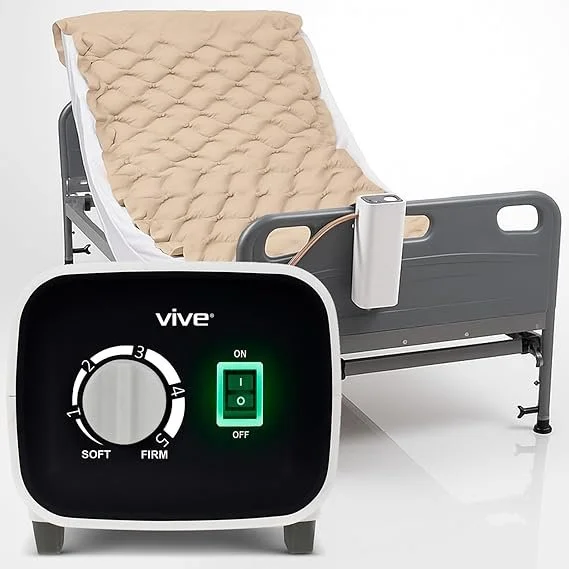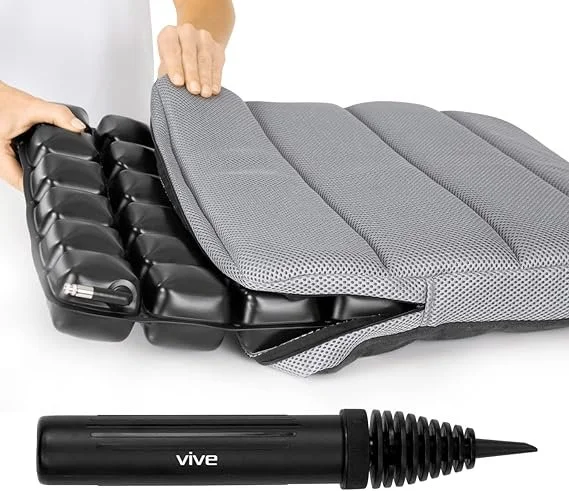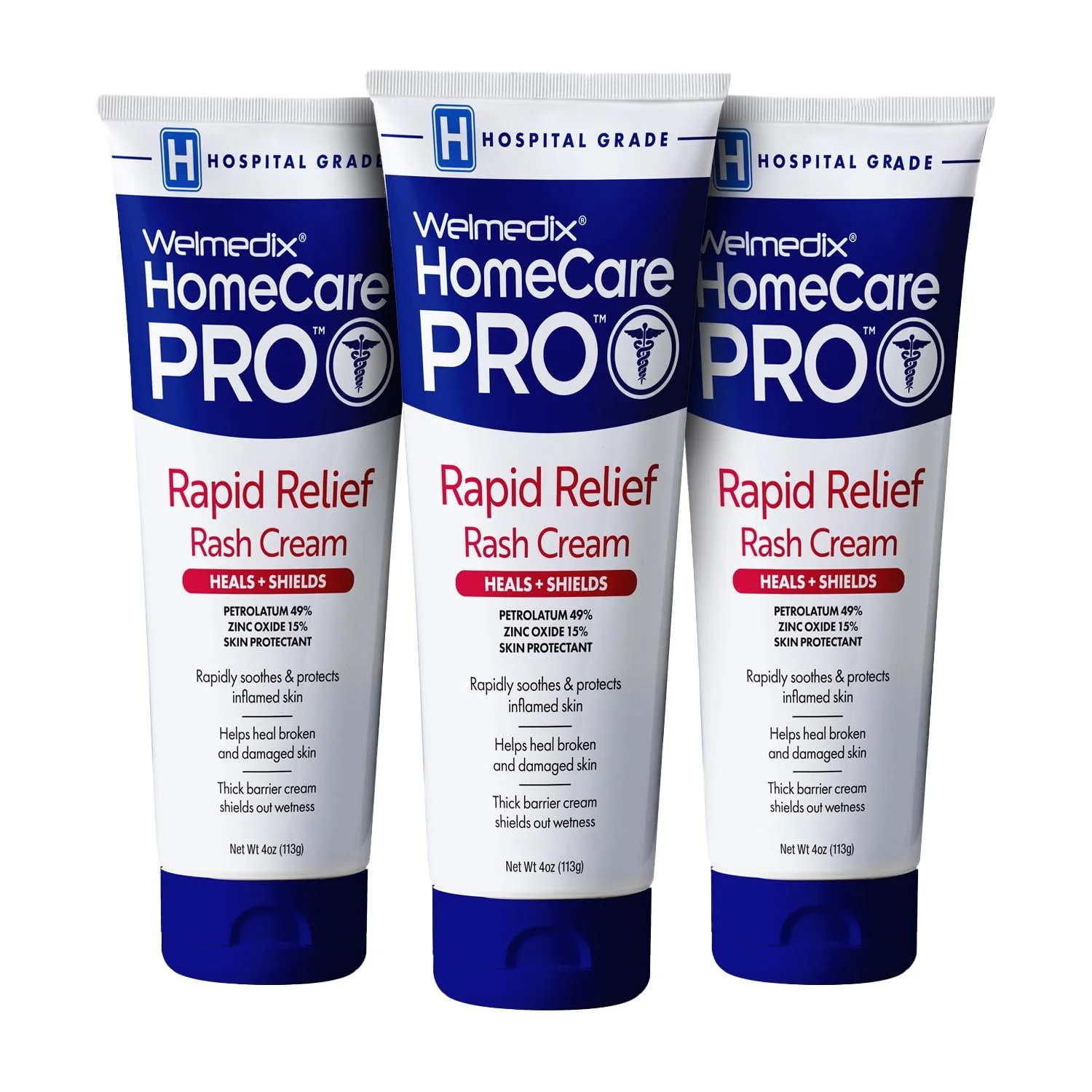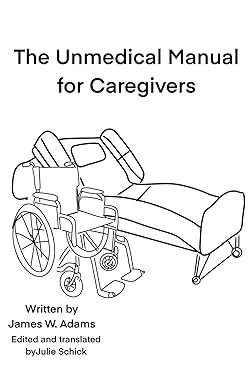Preventing Pressure Ulcers: A Guide for Caregivers
Caregiver Essentials is your no-fluff guide to the messy, sacred, everyday work of caring for someone else. Each post covers practical tips, product picks, and real-world advice for at-home caregivers—especially the ones who never got any training. Backed by The Unmedical Manual, these are affiliate-supported resources designed to make hard days a little easier, one smart tool at a time.
🛏️ Pressure Ulcer Prevention: Support Surfaces, Skin Care & Positioning Tools
Caring for someone who’s stuck in bed or a chair all day? You’re not just dealing with boredom or discomfort—you’re fighting off complications that can spiral into life-threatening territory.
Bedrest and immobility increase the risk of:
Pressure ulcers (also called bedsores)
Muscle atrophy and joint contractures
Blood clots and pneumonia
UTIs, constipation, and incontinence
Depression and anxiety from isolation
A reddened spot today can become an open wound tomorrow. Prevention is everything.
✅ Practical Tips That Make a Difference
Relieve Pressure Regularly
Repositioning is essential, but pressure-relief gear can help lighten the load.
Alternating pressure mattress View product on Amazon
Positioning wedges or bolster View product on Amazon
2. Support Proper Body Alignment
Prevent contractures and pressure points by keeping the body in healthy alignment.
Pressure-relief boots or heel protectors View Product on Amazon
3. Keep Skin Dry and Protected
Friction, sweat, and incontinence all wear the skin down—especially in folds or thin areas.
Skin barrier cream View Product on Amazon
🧠 Pro Tips from the Field
Check the skin twice daily, especially during bathing or clothing changes
Float the heels using pillows or foam pads—don’t let them rest directly on the mattress
Skip “donut” cushions—they can create pressure elsewhere
If you see redness, act fast: relieve pressure, clean the area, and keep it dry
Document changes—warmth, swelling, pain, or drainage means it’s time to call the doctor
📘 Want More Straight-Talk Care Tips?
This post is powered by The Unmedical Manual for Caregivers—the guide I wish every family caregiver had on day one. No fluff, no fear tactics. Just clear language and hard-earned insight.






